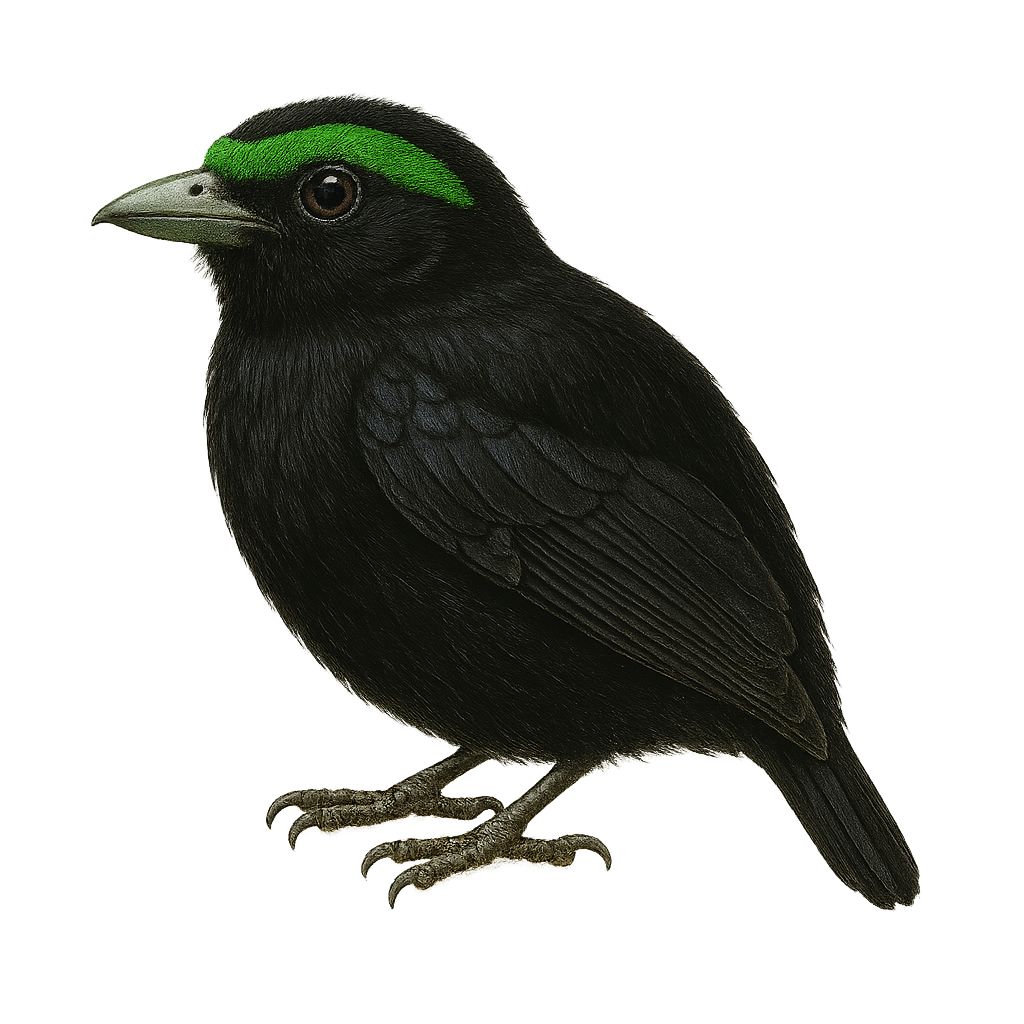Your wildlife photography guide.
Explore the velvet asity in detail, study its behavior, prepare your shots.
Where to observe and photograph the velvet asity in the wild
Learn where and when to spot the velvet asity in the wild, how to identify the species based on distinctive features, and what natural environments it inhabits. The WildlifePhotographer app offers tailored photography tips that reflect the velvet asity’s behavior, helping you capture better wildlife images. Explore the full species profile for key information including description, habitat, active periods, and approach techniques.
Velvet Asity
Scientific name: Philepitta castanea

IUCN Status: Near Threatened
Family: EURYLAIMIDAE
Group: Birds
Sensitivity to human approach: Suspicious
Minimum approach distance: 10 m
Courtship display: October to November
Incubation: 16-18 jours
Hatchings: October to December
Habitat:
Humid tropical forests, wooded areas, lowland forests
Activity period :
Primarily active during the day, with peak activity in the morning and late afternoon.
Identification and description:
The Velvet Asity, or Philepitta castanea, is a bird endemic to Madagascar, belonging to the Eurylaimidae family. It is recognizable by its velvety black plumage in males, with a bright yellow rump, while females have more subdued tones. This bird primarily inhabits the island's humid tropical forests, where it feeds on fruits and insects. During the breeding season, the male performs spectacular courtship displays to attract the female. The species is currently classified as "Near Threatened" by the IUCN due to deforestation and habitat loss.
Recommended lens:
400 mm – adjust based on distance, desired framing (portrait or habitat), and approach conditions.
Photography tips:
To photograph the Velvet Asity, it is advisable to use a telephoto lens of at least 400mm to capture detailed images from a distance without disturbing the bird. Look for dense forest areas where the bird is likely to feed or display. Be patient and discreet, as this bird can be suspicious. Use a tripod to stabilize your camera and adjust your settings for the low-light conditions often encountered in tropical forests.
The WildlifePhotographer App is coming soon!
Be the first to explore the best nature spots, track rutting seasons, log your observations, and observe more wildlife.
Already 1 430 wildlife lovers subscribed worldwide

